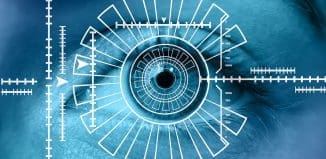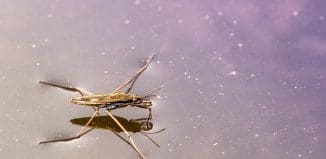Small, Eats Pollution And Walks On Water: The Green Robot
This post is also available in:  עברית (Hebrew)
עברית (Hebrew)
Last month, researchers from Bristol presented at the IEEE/RSJ International Conference on Intelligent Robots and Systems in Hamburg, Germany a robot that could have a dramatic, positive impact on the environment.
The Row-bot is tiny, measuring less than 20 centimeters on its longest axis. It also operates autonomously and walks on water – and those are not even the most exciting things about it. It eats pollution.
The robot’s body is composed of a fuel cell powered by electricity generated by bacteria inside it. The Row-bot has four tiny buoyant stabilisers for legs, two paddles extending from its body for propulsion, and the most incredibly self-powering mechanism. Through a cavity in its external casing water is fed to the organisms inside. The electrogenic bacteria digest pollutants in the water, producing carbon dioxide and electricity, which in is used by the Row-bot to propel itself forward.
The tiny machine was designed by researchers from the University of Bristol, Bristol BioEnergy Centre and Bristol Robotics Laboratory, all located in Bristol, England.
“We present a design for an energetically autonomous artificial organism, combining two subsystems; a bioinspired energy source and bio-inspired actuation,” the researchers write. “The work is the first demonstration of energetically [sic] autonomy in a microbial fuel cell (MFC)-powered, swimming robot taking energy from it’s surrounding, aqueous environment.”
“The energy generated exceeds the energy requirement to complete the mechanical actuation needed to refuel. Energy production and actuation are demonstrated separately with the results showing that the combination of these subsystems will produce closed-loop energetic autonomy. The work shows a crucial step in the development of autonomous robots capable of long term self-power,” they add.





























